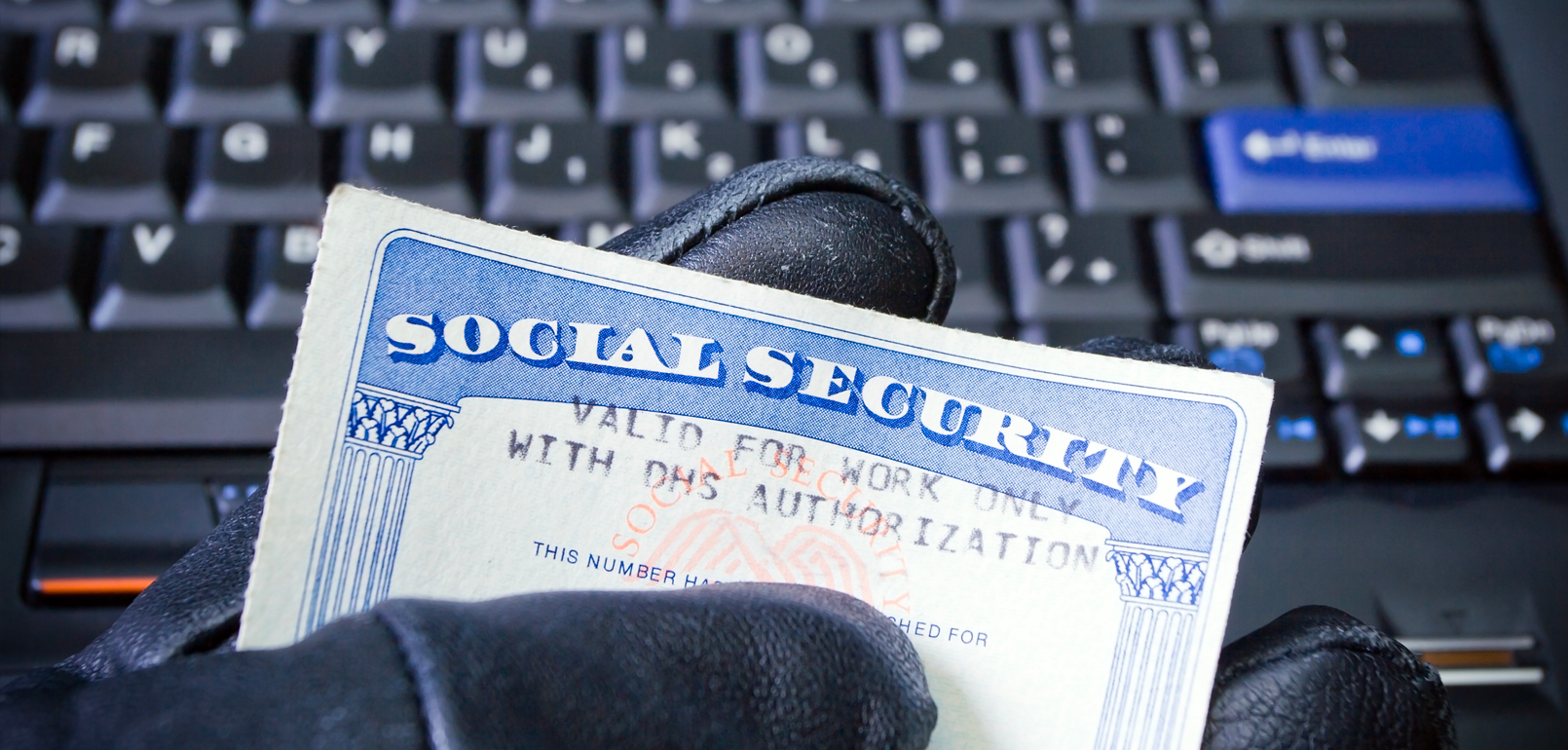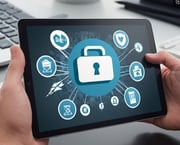
Identity theft is a serious problem — one that is continuing to get worse. According to LifeLock, more than 60 million consumers were affected by identity theft in 2018.
We interviewed Carrie Kerskie, President of Griffon Force, and an identity theft expert to learn more about this problem. Ms. Kerskie has 15 years of experience assisting victims of fraud and identity theft.
She helps her clients identify that a theft has occurred and helps them repair the damage that has been wrought.
She offered us a few tips that the average person can use to help protect themselves from identity theft.
1. Just hang up
Sometimes people feel like they can’t just hang up, once they believe that the call they’re getting is a scam. Remember, these people are trying to steal your money and your identity! There’s no need to be polite to them. You can just hang up.
2. Check your caller ID
If you see a number you don’t recognize on your phone – either your cell phone or your home phone – don’t answer. But don’t assume that your caller ID is correct; these can be spoofed, and you can still end up giving your information to a thief. If someone really needs your information, tell them you’ll call back. Hang up and call a number you can independently verify – like the number on the back of your credit card, for example.
If the call is legitimate, Ms. Kerskie notes that “If they really need to get ahold of you, they’ll find another way.”
3. Freeze your credit
Freezing your credit is a simple process; you just call each of the five credit bureaus and make a request. This can be easily undone just by calling them again.
What this does is keep anyone from being able to make a credit inquiry on your account. New accounts can’t be opened in your name. One of the things identity thieves will do is open credit card accounts in the names of their victims, charge up thousands of dollars, and then leave you with the bill.
If you believe that someone has gotten your information, this is a simple way to protect yourself and make sure that your identity is protected.
4. Don’t use public WiFi
Free WiFi is everywhere these days – every coffee shop, restaurant, store, and public building uses free WiFi to attract customers. But using this WiFi– especially if you’re doing sensitive tasks, like paying your bills – is begging for your information to be stolen. It’s easy for thieves to monitor information going over these connections; they can steal logins and passwords.
Instead, you can use your mobile phone to create your own internet hotspot (provided your company allows that). This gives you a much more secure connection that’s more difficult to attack.
5. Don’t be a target
“When someone calls us,” Ms. Kerskie says, “there’s something they did which made them vulnerable.” Whether it’s giving out information that you shouldn’t, using an unsecured internet connection, opening a phishing email, or entering personal information into an illicit website, most people make themselves vulnerable to identity theft before it happens.
There are many ways to protect your identity, but the most important one is to be very cautious. In IT, people talk about a policy of “least access” – employees are given enough access to do their jobs, and nothing more. You should treat your personal information in the same way. If you feel uncomfortable or unsafe giving out your information, don’t.
When asked for any thoughts on the matter, Ms. Kerskie responded with “Empower people with the knowledge so they can better protect themselves.”
Click here to watch the Identity Theft live stream hosted by Entech with special guest Ms. Kerskie.
Share this entry
-
Share on Facebook
Share on Facebook
-
Share on Twitter
Share on Twitter
- Share on Google+
-
Share on Pinterest
Share on Pinterest
- Share on Linkedin
- Share on Tumblr
- Share on Vk
- Share on Reddit
- Share by Mail
Subscribe to our Newsletter
Don’t miss out on the latest news from Entech. Submit your e-mail to subscribe to our monthly e-mail list.
.png?width=360&height=300&name=Logo%20(2).png)
![Identity theft: Understanding the threat [Part 1]](https://www.entechus.com/hs-fs/hubfs/Imported_Blog_Media/CreditCard_security.png?width=80&height=80&name=CreditCard_security.png)







